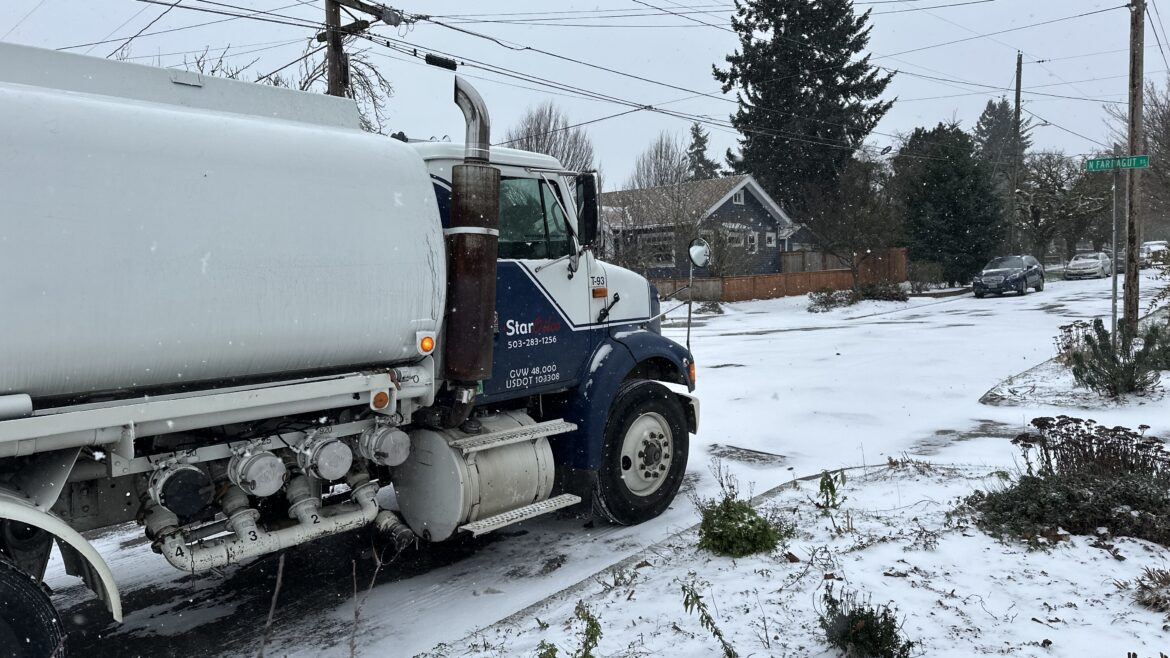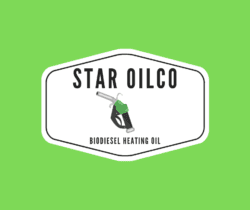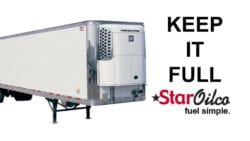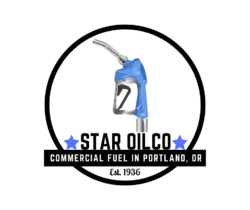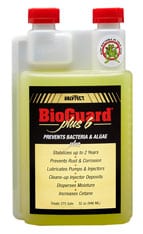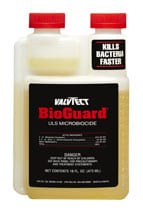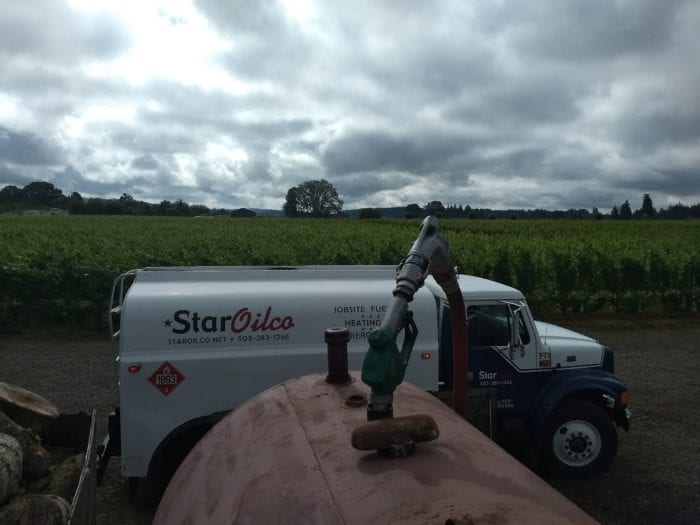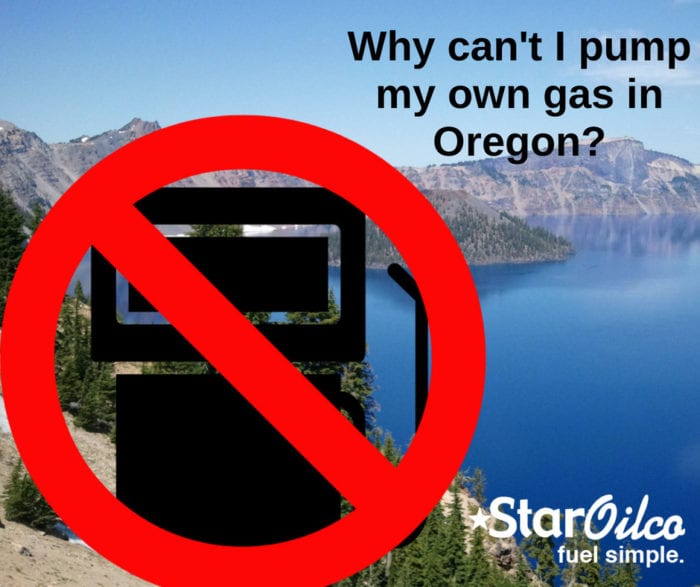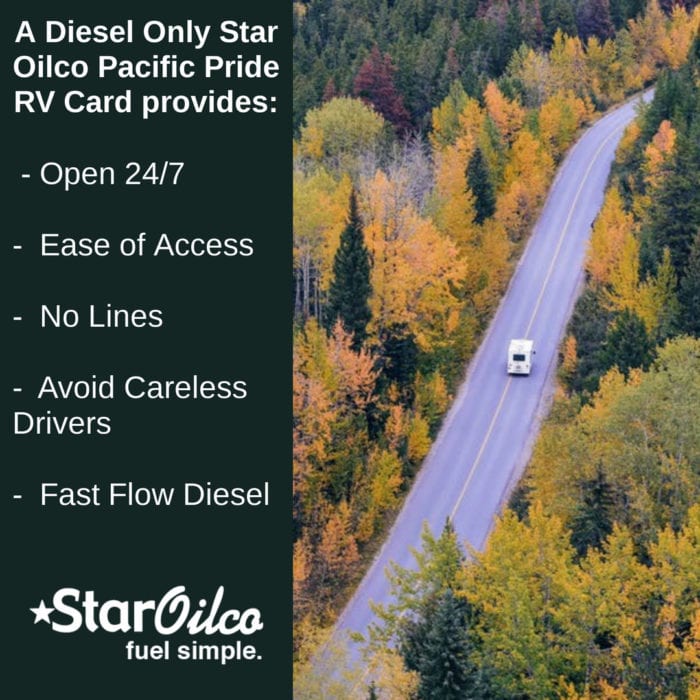Delivery Driver Fueling Solutions
Delivery Drivers are more in demand than ever.
The world has changed.
People are discovering the benefits of having food, groceries and everyday products delivered right to their door.
If you are a delivery driver or you have a fleet of drivers, the ability to have access to 24/7 fueling stations, controlling your expenses, and protecting yourself from fraud is important.
Star Oilco is an independent Franchisee of Pacific Pride

A new year and delivery seems to be here to stay. Do you have a way to fuel your delivery drivers and protect your costs at the same time?
The ability to have products delivered and a way to fuel those that are delivering is more important than ever. Delivery drivers are needed more and more today. Turnover is high, and and trying to control spending can easily become a full time job. If you’re on the road delivering you need to be sure that you have fuel and a way to control purchases at the same time. The solutions is Pacific Pride fuel cards.
New delivery drivers and employees mean new risks – control those risks with Fuel cards.
The world is shifting towards businesses that can deliver to the customer versus those in traditional retail. If you need to control these expenses its important to have systems in place. Don’t put yourself at risk by handing out Credit Cards to new employees. Instead use Pacific Pride fuel cards and set limits for your drivers and employees on what they can buy, when, where and how much. Credit cards can be abused and it may be weeks later before you know it happened. With fuel cards you can get an email in real time as each transaction is used.
Protect your business by setting controls and monitoring systems. If your business is picking up, there is less time to monitor individual employees. Set up systems that control waste and extra expenses, while giving employees the fuel they need to move your equipment. If your business is slowing down you will need to tighten your belt and watch every expense. The same controls can be used on your cards to monitor and adjust the fuel expenses.
All you need to access Pacific Pride sites in Oregon is a proof that you are a business and use over 900 gallons of total fuel a year. CFN commercial cardlock sites have the same requirements. If you are a business using a commercial quantity of fuel, you qualify to self-serve gasoline and you can stop paying your employees to shop at the most expensive retail gas stations with the best mini-mart selection. Late night fueling becomes easier and less expensive and you can get them back on the road 24-7 and usually without a line to wait in. (If you want more information about business requirements see here)
Combine Fueling Cards and On-Site Fueling
If you have a fleet of vehicles that park at a yard every night on-site fueling might also be an option. This service, also called wet-hose fueling, can help cut costs associated with drivers by reducing the amount of time they are fueling and not delivering product. With larger fleets this can save significant time and expand your capacity for product distribution. At Star-Oilco we can combine both for a more comprehensive solution. If you would like to know more about On-Site Fueling options here is the link.
What Do You Need for Fueling Cards in Washington or any other state?
If you drive into Oregon and want to use gasoline, you still need the same requirements as stated above. If you don’t need access to gasoline in Oregon, it is much easier to get a fuel card. (check out those requirements here)
Top 5 Strategies to lock down your gas card from theft.
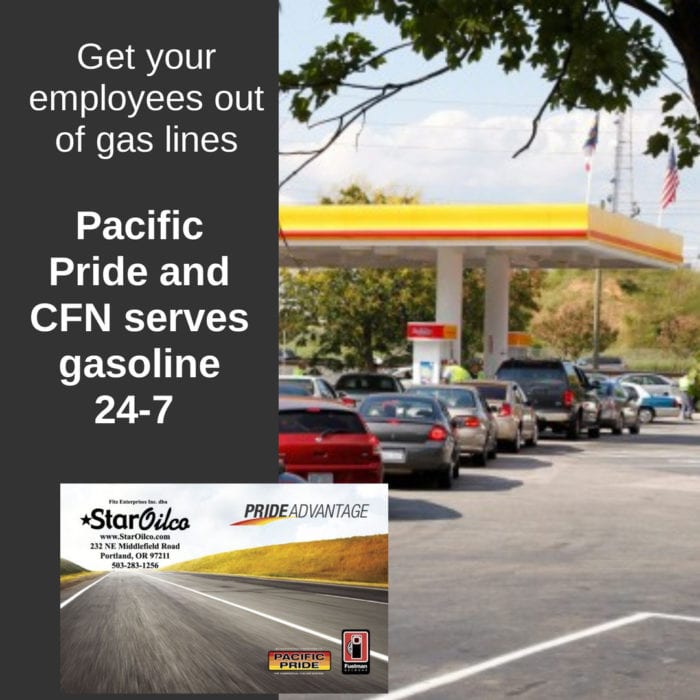
Gas Card Strategy #1
TAKE INVENTORY OF YOUR GAS CARDS – Know who has your cards! Every year take inventory of what cards you have and who is using them. A clear card policy implemented by Human Resources or your Dispatcher is a good way to track what employees (or vehicles) have what cards. Star Oilco performs an annual card audit in conjunction with our Oregon Fire Marshall audit.
We’ll gladly supply a list of cards that you have and when they were last used. We can line up a list of active cards with your employees and make sure there isn’t a lost or unused card out there. Using this list, pass a clip board around asking each employee with a fleet card to confirm they still have that card and initial a confirmation that the card is still in their possession. You would be surprised how individual cards can float between employees as it is easier than asking for a new card.
Gas Card Strategy #2
HAVE ACCOUNTS PAYABLE AUDIT YOUR TRANSACTIONS – Review your transactions regularly for strange transactions such as: multiple transactions per day on a single vehicle or card, switching fuel types, and refuels when your business isn’t open. Reviewing your bill, you’ll want to look for transactions that occur outside of normal business hours and days or if certain vehicles are fueling more than once a day these can be indications of theft.
An additional indicator is if fuel is being bought outside of your service area. Some of the most common times of day for employee fuel theft are early morning on the way to work (before you open) or after the bars close after midnight.
Gas Card Strategy #3
ATTACH GAS CARDS TO VEHICLE KEYS – Assigning each vehicle in your fleet with its own card is a great practice. Put your Fleet Cards on the key ring dispatched with the vehicle. Each driver is then assigned a number that can be used on any vehicle in the fleet. This way you know exactly who is using the card and which vehicle is being filled. To limit a risk of a stolen card, restrict individual card ownership to management and maintenance. Everyone else should have cards directly connected with a vehicles license plate, so it is obvious if that card goes missing.
Gas Card Strategy #4
SET THE GAS CARDS UP WITH LIMITS – When you assign a card to each vehicle in the fleet you can set limits based on the vehicle. A gasoline vehicle only needs access to gasoline. If your tank size is 20 gallons, that card should be limited to 20 gallons per transaction. Continue to program your cards for the vehicles they are attached to. You can also restrict a card to ensure no one accidentally buys expensive premium or worse, puts the wrong fuel in the vehicle. Reducing the amount of time they can use a card a day limits exposure to theft.
A vehicle that never drives more then 50 miles in a day shouldn’t need to fill up more then once a 24 hour period. This reduces the opportunity for theft and also makes theft obvious when the limits are hit. You can also add limits on zip codes, states, and times of days. If someone does steal a card, they would be limited by the time, location, and purchase amount, ensuring that your theft exposure is a few dozen gallons instead of thousands of dollars.
Gas Card Strategy #5
USE E-RECEIPTS TO MANAGE FUEL IN REAL TIME – It’s the 21st century so manage in real time. You can set-up cards to email you based on each card or, if you have one specific one you are are worried about, that card can be set to email you or your fleet management in real time. Better yet, if theft is occurring, you will see it immediately and be able to react. Not only will this lock down your gas card’s security, it will also allow you to address mistakes relating to efficiency. Owners and dispatchers also use this to see where the driver is and if they are where they said they were when they are fueling. Instant feedback and communication is critical to change bad behavior of drivers who mean to do well but may just have made a simple mistake.
Work with a business that wants you to succeed and has the tools to protect your fuel expenses.
Use Star Oilco to secure yourself from that fuel theft while also saving on your cost of fuel over retail. Oregon and Washington have some of the highest minimum wages in the U.S. As the minimum wage and regulations increase, so do the costs at retail gas stations. This is doubly so in Oregon, where you are paying the gas stations employee to fuel your tank and the employee to be there. We can save you money and significantly reduce your risk of fuel theft while also getting your drivers out of retail gas station lines.
Whether your an owner/operator or you are managing a large fleet of corporate vehicles needing fueling commercial cardlocks can help you save time and money. Stand-alone commercial-only Pacific Pride and CFN sites in the northwest are a real resource for small business. They speed up the labor associated with fueling and significantly lock down the chance fraud or theft will occur on your fuel card. Stand-alone sites limit access to convenience store items so employees won’t be tempted to spend time browsing and make purchases on the company credit card. In addition, there are less people at the site and less chance of a coming into contact with someone that is sick.
Need to lock down your gas card from fuel theft?
Call Star Oilco, we can make it simple.
Star Oilco can help you field all of these best practices. Our motto is “Keep it Simple” and we are here to make this easy. Feel free to reach out and see what Star Oilco can do for your fleet to upgrade its fleet fueling security. If your fueling just one vehicle or your dealing with corporate fueling for 100’s of vehicles, we can help you set up an account.
With Pacific Pride and CFN stand-alone commercial cardlock sites, there are other benefits beyond just the convenience. The biggest difference is that these commercial cardlock sites are built with security in mind. Retail stations are engineered to sell as many products as possible to those pulling up for gasoline. Commercial cardlock sites are designed for commercial users who seek the fastest fueling experience. That is a big difference between the two.
To download a white paper on these Pacific Pride fuel card security feature best practices, go to our Stop Fuel Theft page.

Star Oilco is an independent Franchisee of Pacific Pride



